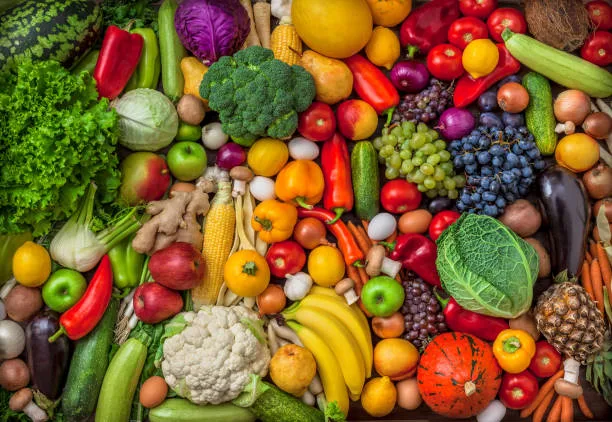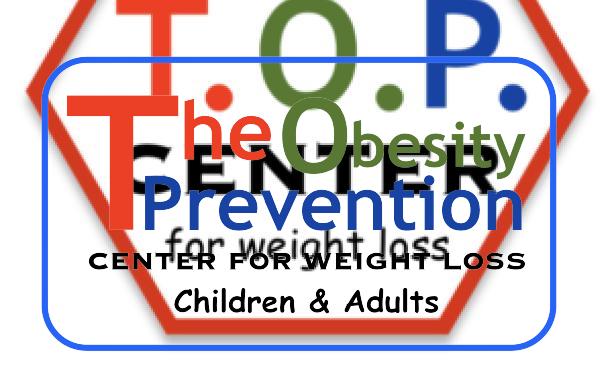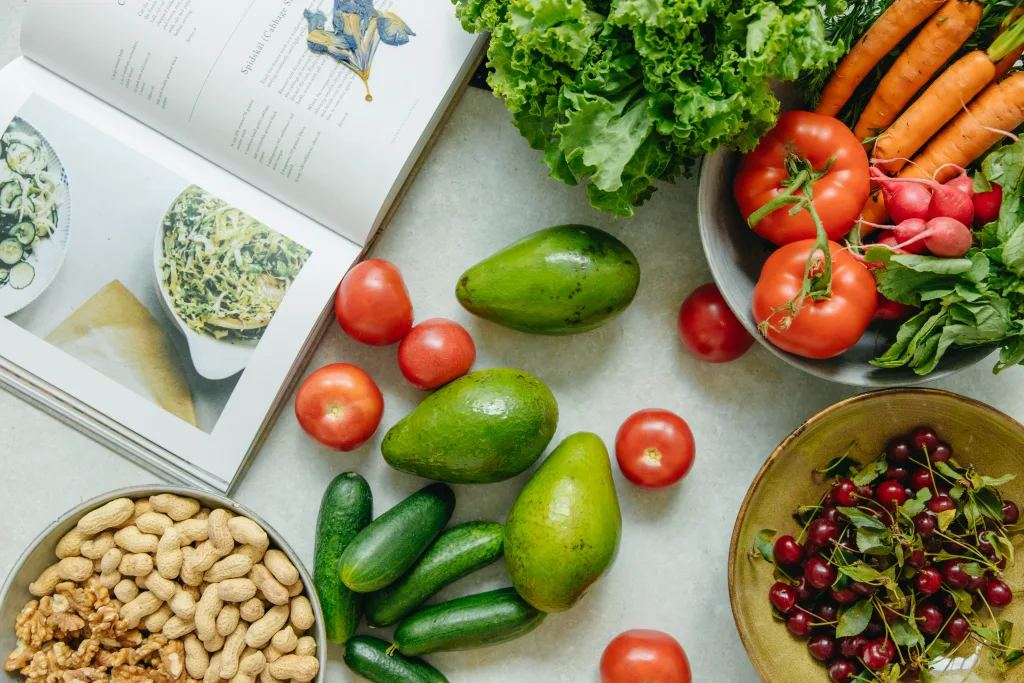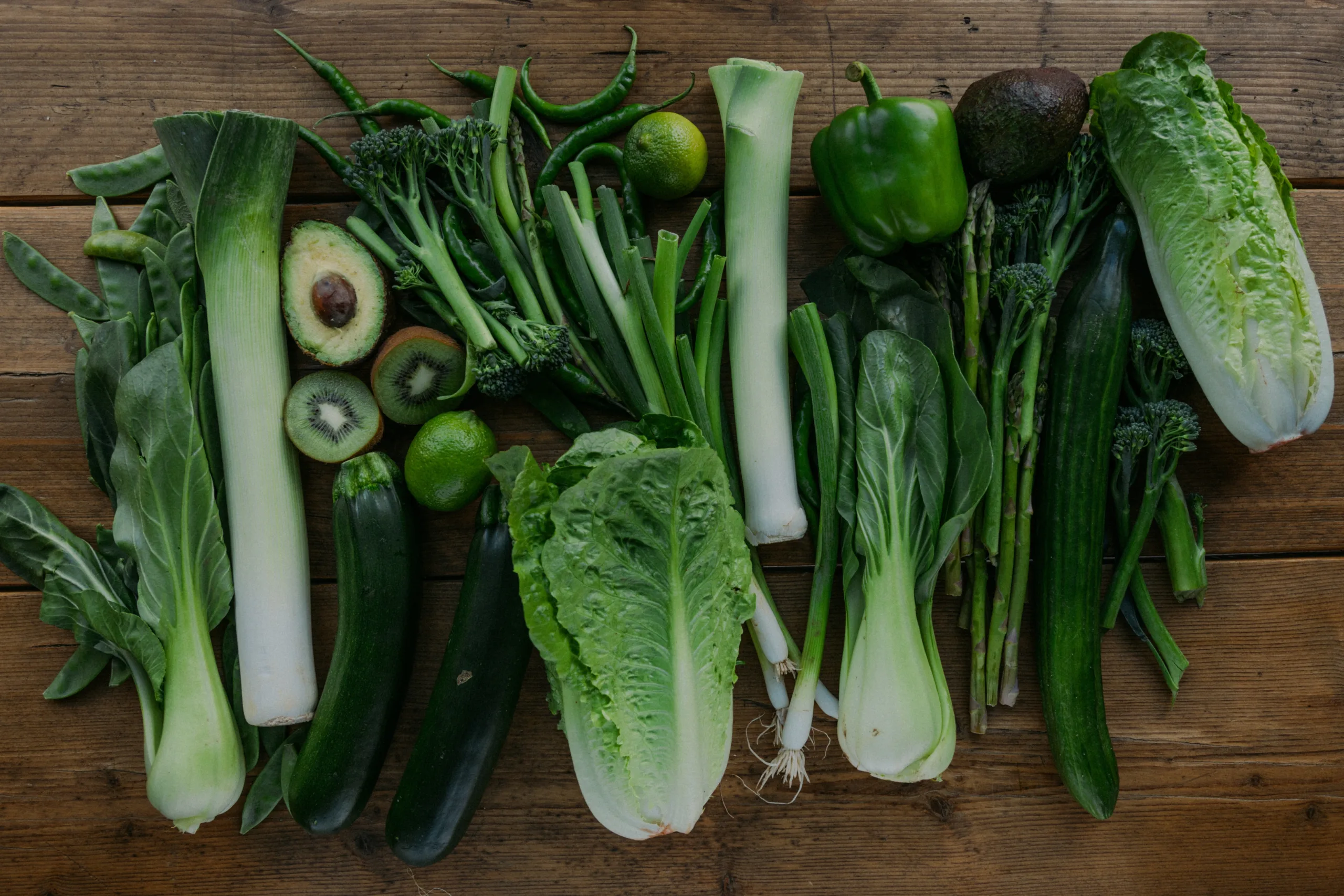Eating more vegetables is one of the most powerful yet underutilized strategies for losing weight and improving health. When trying to shed excess pounds, many people focus solely on limiting calories, carbs, or fat. But fueling your body with nutrient-dense, low-calorie vegetables at every meal can be a total game-changer for sustainable weight management.
In this article, I’ll explore the many benefits of basing your diet around vegetables and how they uniquely support weight loss efforts. Read on to understand the vital role vegetables can play in your journey to reach and maintain your ideal weight.

The Power of Vegetables in Weight Loss
When it comes to weight loss, vegetables are truly in a league of their own. These low-calorie powerhouses provide the essential vitamins, minerals, fiber and antioxidants your body needs – without the excess calories that lead to weight gain.
In fact, studies show that people who eat more veggies tend to weigh less than those who skimp on their produce intake. One analysis found that for every 100g increase in daily vegetable consumption, participants lost an extra 98g in weight over 4 years without consciously restricting calories. Pretty neat, right?
Beyond supporting sustainable fat loss, loading up on veggies boosts immunity, digestion, blood sugar control, and more – optimizing your health in the process. Simply put, vegetables are one of the most powerful tools in your weight loss arsenal. Let’s explore the many reasons why…
The Nutrient-Rich Foundation
All vegetables offer tremendous nutritional benefits, but some varieties pack more of a nutrient punch than others. When losing weight, it’s important to choose produce that provides a solid foundation of vitamins, minerals and antioxidants to replace any nutrients lost along with body fat.
Dark, leafy greens like spinach, kale and chard are brimming with vitamin K, which supports bone health. Broccoli is loaded with vitamin C to boost immunity. Sweet potatoes provide carotenoid antioxidants like beta-carotene to fight cell damage. The list goes on and on…
No matter which veggies you choose, they’ll provide tons of nutritional support as the basis of your weight loss plan. Shooting for at least 2-3 servings of nutrient-dense vegetables at every meal ensures your body has the essentials it needs to function and burn fat efficiently.
Choose vibrant, deeply colored produce like carrots, tomatoes and bell peppers for maximum antioxidant benefits. The more variety, the better, so aim to “eat the rainbow” to cover all your nutritional bases. With veggies at the foundation of your diet, you’ll feel energized, nourished and empowered in your weight loss journey.
Some examples of nutrient-rich vegetables to focus on include:
- Leafy Greens: Spinach, kale, lettuce, collard greens, Swiss chard. Excellent sources of vitamins A, C, K, folate.
- Cruciferous Veggies: Broccoli, cauliflower, Brussels sprouts, cabbage. Rich in cancer-fighting compounds.
- Squash: Zucchini, yellow, butternut. Provides antioxidants like zeaxanthin for eye health.
- Root Vegetables: Carrots, sweet potatoes, beets. Full of carotenoid antioxidants.
- Tomatoes: Loaded with lycopene, an antioxidant that supports heart health. Go for colorful heirlooms.
- Peppers: Red, yellow, green – pick a variety. Great source of vitamin C and beta-carotene.
- Mushrooms: Button, portobello, shiitake. Unique source of B vitamins like riboflavin and niacin.
- Onions/Garlic: Provide sulfur compounds with disease-fighting benefits.
As you can see, the list of nutrient powerhouses goes on and on. Fill your plate with a colorful variety and you’ll be giving your body an array of essential vitamins, minerals and antioxidants.

The Fiber Advantage
Here’s an eye-opening statistic: 97% of Americans fall short on their recommended daily fiber intake. Coincidentally, about 70% of adults in the U.S. are also overweight or obese. This connection is no accident – fiber is a powerful weight loss tool.
Soluble and insoluble fiber found abundantly in veggies slows digestion, promotes satiety after meals and balances blood sugar. This means you’ll feel full and energized longer between meals, reducing unhealthy cravings and overeating.
Fiber also supports a healthy gut microbiome – the trillions of beneficial bacteria in your digestive system that influence weight management. A diverse, well-fed microbiome improves insulin sensitivity, digestion, immunity and more.
Broccoli, artichokes, green beans and Brussels sprouts are just some examples of high-fiber veggies to focus on. Aim for 25-30g of fiber from veggies daily as part of a balanced weight loss diet.
Bulk up salads, sides and mains with fiber-filled veggies. You’ll fill up faster, prevent blood sugar spikes and crashes, and feed the good bacteria that influence weight loss outcomes.
Some of the top high-fiber vegetable choices include:
- Artichokes: Contain 10g fiber per medium artichoke, plus prebiotic inulin fiber.
- Green Peas: Provide 9g per cup; mix into salads, veggie bowls, soups.
- Broccoli: Has over 5g fiber per cup raw or cooked; excellent roasted or steamed.
- Brussels Sprouts: A half cup provides 2g fiber and tons of nutrients. Roast until crispy.
- Carrots: Provide over 3g fiber per medium carrot. Grate into slaws, salads.
- Kale: Choose curly or lacinato kale; 1 cup raw has 2-3g fiber. Massage into salads.
- Beans: Black, pinto, chickpeas, lentils. Load up Tex-Mex dishes, salads and sides.
As you increase your overall vegetable intake, be sure to emphasize these extra high-fiber varieties to reap the waistline benefits.

Flavorful and Low-Calorie Choices
One of the best things about vegetables is their incredible flavor and versatility. When prepared properly, veggies burst with bright, fresh flavors that make you forget you’re eating diet food.
Whether roasted, sautéed, grilled or blended into soups and smoothies, vegetables satisfy your taste buds without the high calories of other ingredients. For example, one cup of diced bell pepper contains under 30 calories while providing filling fiber. Compare that to a cup of macaroni or rice with over 200 calories and minimal nutrients.
Get creative and discover your favorite ways to cook delicious veggies that make your tastebuds just as happy as your waistline. Try tossing cauliflower florets with olive oil and roasting at 400°F until crispy and browned for a low-calorie version of French fries. For a nutrient-packed side, sauté spinach with garlic and lemon juice for a burst of flavor.
Fill your plate with a rainbow of options like zucchini, eggplant, carrots, mushrooms and more to keep meals exciting. The possibilities are endless when vegetables take the spotlight in your recipes.
Here are some delicious ideas for preparing flavorful low-calorie vegetables:
- Oven-Roasted Vegetables: Toss cauliflower, carrots, Brussels sprouts, broccoli, or squash in olive oil, herbs and roast at 400°F until browned and tender.
- Sauteed Greens: Quickly cook spinach, kale, chard, cabbage in a skillet with garlic and lemon. Finish with Parmesan.
- Spiralized Veggie Noodles: Use a spiralizer for low-carb “pasta” with zucchini, carrots, beets. Top with savory sauce.
- Cauliflower Rice: Grate raw cauliflower; sauté in skillet until tender rice-like consistency. Season with spices.
- Veggie Soups and Stews: Build richly-flavored broth-based dishes highlighted by carrots, peppers, mushrooms, tomatoes.
- Vegetable Smoothies: Blend spinach, kale, carrots, sweet potato, beets into fruit smoothies for nutrition boost.
With so many tasty ways to enjoy veggies, you’ll never get bored with the possibilities.
Maximizing Weight Loss with Vegetable-Centric Meals
Constructing meals with veggies at the foundation is a surefire way to stay satisfied while cutting calories for weight loss. Take a veggie-centric approach by:
- Making salads and roasted veggies the main event, not just a side. Portion out a hearty plate as the bulk of your meal.
- Adding extras like beans, nuts, seeds and whole grains to provide filling fiber, plant protein and healthy fats to balance veggies.
- Accompanying dishes with a sensible portion of lean protein like chicken, fish, or tofu. Aim for a palm-sized serving.
- Complementing with a serving of healthy fat like avocado, olive oil, or nut butter to optimize satiation.
- Avoid drowning veggies in high-calorie sauces, cheeses and dressings. Stick to acid-based options like lemon juice, vinegar or salsa.
With a foundation of ample vegetables balanced with plant-based proteins and fats, you can create satisfying meals that nourish your body while incinerating fat. Portion control will come naturally without counting calories.
Here are some delicious vegetable-centric meals to try:
Breakfast:
- Veggie omelet – Eggs filled with sautéed spinach, onions, peppers, mushrooms. Avocado on the side.
- Tofu veggie scramble – Tofu crumbled with leafy greens, peppers, spices. Add squash on the side.
- Green smoothie – Blended kale, spinach, banana, berries, nut butter. Perfect on-the-go.
Lunch:
- Big veggie salad – Load up mixed greens with avocado, beets, carrots, peppers and hemp seeds.
- Roasted veggie and hummus wrap – Hummus, roasted cauliflower, sweet potato, red pepper in a whole grain wrap.
- Curried vegetable soup – Carrots, peas, spinach simmered in a fragrant coconut curry broth.
Dinner:
- Veggie stir-fry – Broccoli, peppers, snap peas, mushrooms and tofu sautéed in peanut or sesame sauce.
- Portobello “burgers” – Grilled portobello caps with spinach-artichoke spread on whole grain buns. Side salad.
- Spaghetti squash with chunky veggie marinara – Roasted spaghetti squash topped with rich homemade sauce.
With a little creativity, you can enjoy plant-powered meals that leave you feeling nourished and satisfied, not starved. Keep the veggies coming at every meal!

Your Path to Sustainable Weight Loss
When losing weight, don’t underestimate the power of humble veggies. These nutritional powerhouses provide the essentials your body thrives on to balance blood sugar, gut health, immunity and beyond.
Fueling up on fiber-filled, low-calorie veggies keeps you feeling full between meals, reducing cravings and overeating. Vibrantly colored produce provides important antioxidants to fight disease. And the versatility of vegetables makes it easy to enjoy flavor-packed meals that satisfy your tastebuds and waistline.
Make veggies the star of your plate, accompanied by sensible lean proteins and energizing plant fats. With this simple but powerful vegetable-centric approach, you’ll be well on your way to effective, sustainable weight loss and optimal health.
Subscribe, Connect, and Learn More:
I hope this article helped demonstrate the immense benefits of vegetables for successful weight management. If you found these tips valuable, please subscribe below to get notified each time I publish a new post with nutrition and weight loss advice. I also offer complimentary 10-minute meetings to discuss your health goals – click below to book a slot based on my availability.
Explore our other in-depth articles on meal planning, intermittent fasting, exercise strategies and overcoming weight loss obstacles. Together, we can revolutionize your relationship with food and achieve your dream body. Start your journey today!
Thank you for reading this post, don't forget to subscribe to our free newsletter
!
